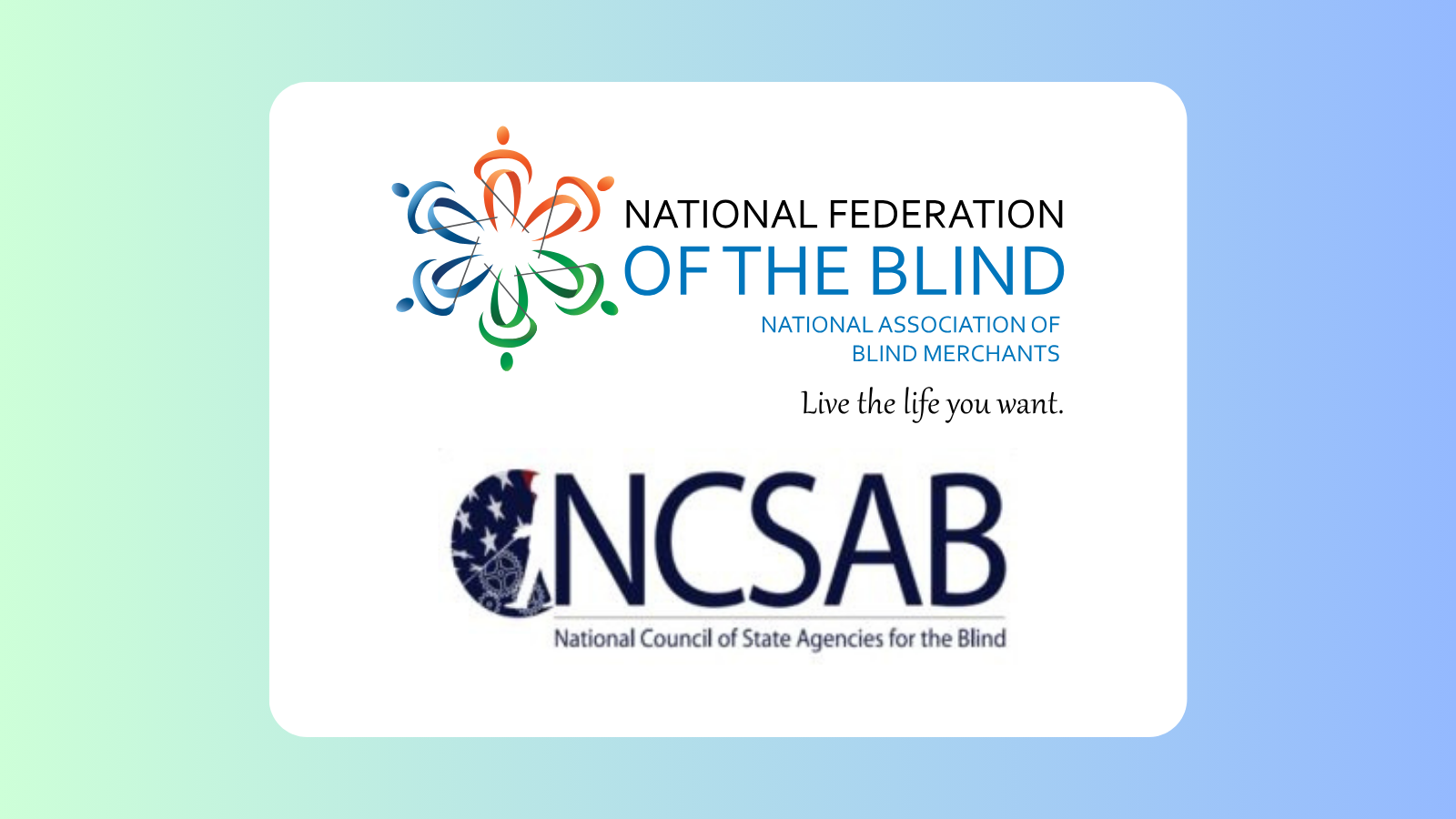Ensuring a strong near-miss reporting program for safety benefits – Technologist
Question: Help! I think we need a better reporting program for near-misses and good-catches. What do you recommend?
Answer: Great question! A robust near-miss/good-catch reporting program can significantly enhance company safety by focusing on leading indicators. Documenting near misses (e.g., equipment falling without injury) and good catches (e.g., identifying a frayed wire) is as crucial as reporting property damage and injuries. Investigators must always assess if preventive measures were adequate and identify improvements to prevent future incidents. Let’s explore essential program elements and potential challenges.
Foundation: Psychological Safety and Trust
Without a strong near-miss reporting program, employees may fail to report potential issues timely, risking injury or damage. Building such a program requires psychological safety and trust. Although creating this safety culture is challenging, it is achievable with a strong commitment to collective safety. In such an environment, detailed discussions of near misses help prevent future incidents.
Overcoming Hurdles
Two main hurdles exist: employee awareness and the willingness to report. Employees must stay alert to potential issues and feel safe to report them without fear of repercussions. Fear of negative consequences can discourage reporting, so creating a supportive environment is crucial.
Empowering Employees to Speak Up
To combat fear, provide comprehensive training and encourage vigilant monitoring of safety issues. Establishing psychological safety is essential, ensuring employees feel comfortable reporting problems. Show gratitude to those who report and engage in constructive problem-solving. Recognize safe behaviors and maintain open safety dialogues through discussions or meetings. Equip employees to report safety issues proactively, preventing injuries and damage.
Tips & Resources
- Document injuries and causes using OSHA’s Form 301 or a Supervisor’s Report of Accident form.
- Apply similar documentation practices for near misses and good catches to prevent future incidents. Integrate improved safety measures into a Job Safety Analysis (JSA) if needed.
- Conduct proactive self-inspections to identify hazards.
These steps foster a proactive safety culture. Begin with verbal observations and document them to establish an effective near-miss/good-catch program.
For more safety tips and advice go here, or learn about our safety services then contact us.



